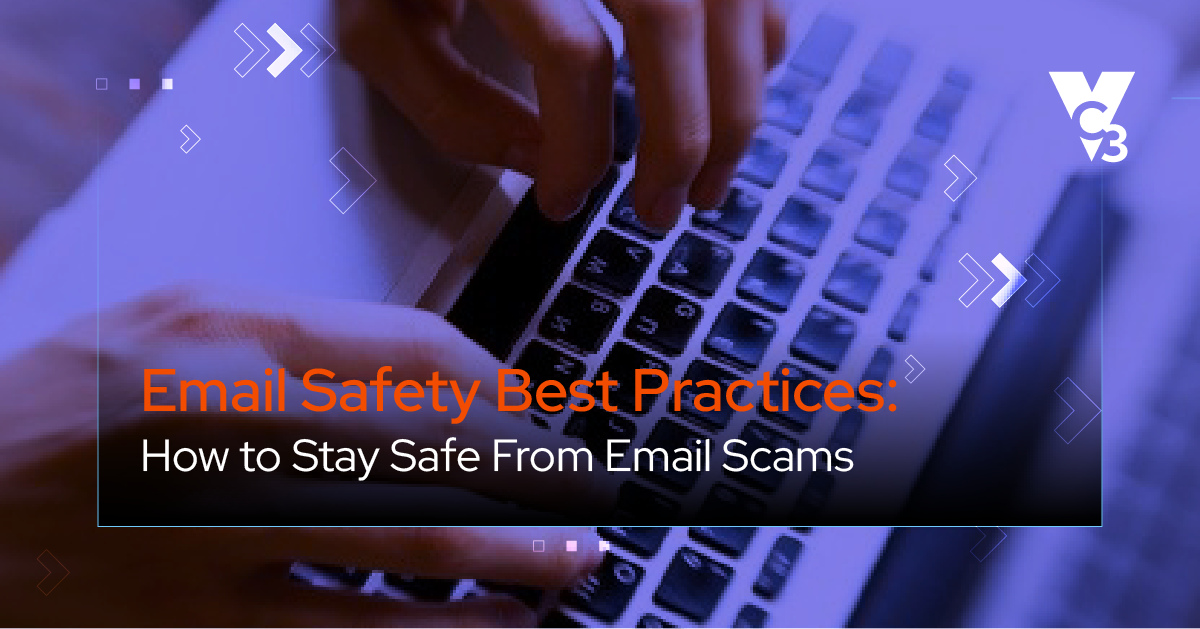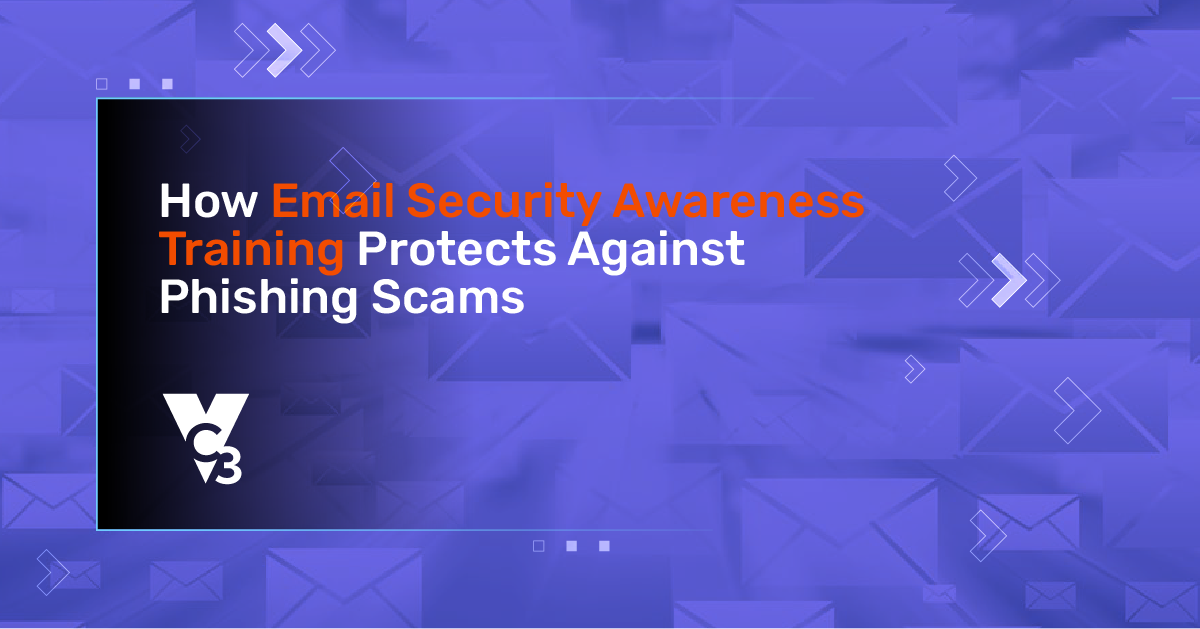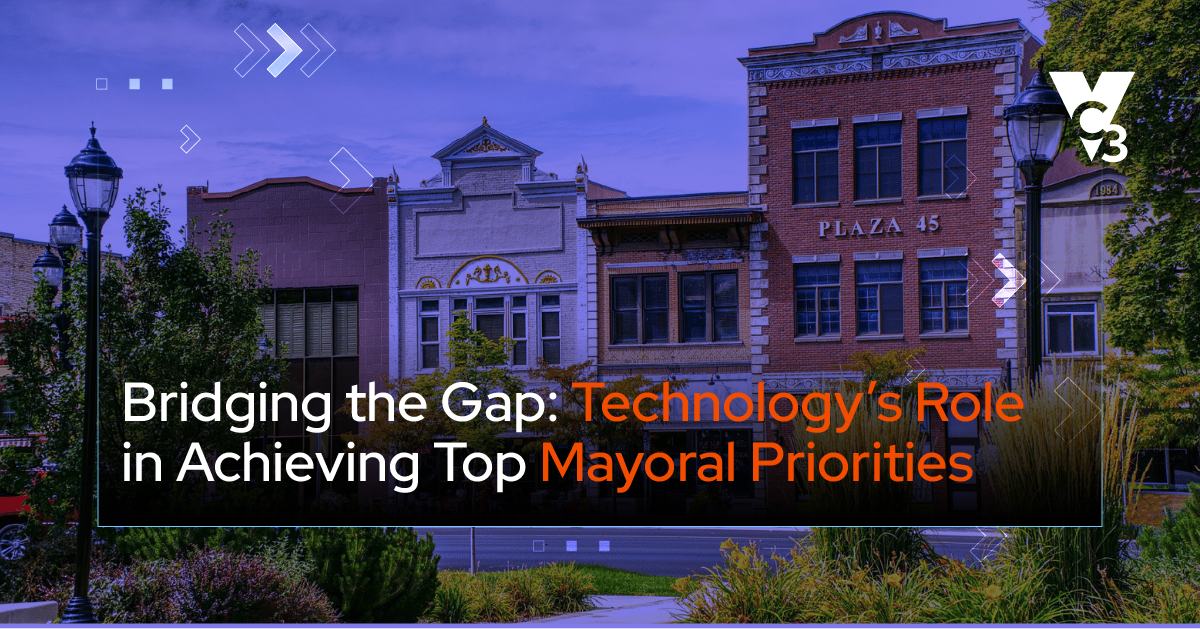In a previous blog article, we recount meeting with a business owner who was panicked and in crisis mode because of a cyberattack.
If we could backtrack to the days, weeks, and months before the attack, we’d find that the business owner didn’t pay much attention to cybersecurity because he thought the odds of a data breach happening to him were low.
As it turned out, the odds were higher than he thought, and it did happen.
We can’t go back in time and undo all the damage this cyberattack has done. But we can help other executives avoid stumbling over some common beliefs that unknowingly increase cyber risk.
Here are the top 5 cybersecurity myths we commonly hear from business leaders regarding why they don't invest in cybersecurity protections:
- We’re Not a Target
- We Don’t Have Anything Cyber Criminals Want
- We Don’t Need ...
- We’re Compliant, so We're Secure
- It's Not Worth the Inconvenience
Let’s dive in.
1. We’re Not a Target
(Yes, You Are. We All Are.)
Cybercrime has evolved with the same sophistication and speed as the business world.
Hackers don’t need to be incredible coders or software developers. They can buy a malware-as-a-service subscription for $50 a month and be in business! It’s an industry of its own.
The result is that attackers are now trying to break into businesses worldwide – and there are countless places where criminals can sell the data they steal, making attacks extremely lucrative.
No business is too small. Automated bots scan the internet for vulnerabilities, and if your systems are exposed, you’re fair game—regardless of your size or industry.
2. We Don’t Have Anything Cyber Criminals Want
(Yes, You Do.)
Some data has value all by itself such as:
- The manufacturing plans for a product
- The proprietary process for delivering a service
- Access to your bank account or credit card information
- Personal medical records
- Financial records
- Customer information
- Access credentials (such as usernames and passwords)
Even if your data seems unimportant, attackers can combine it with other stolen data to commit fraud or sell it on the dark web. The more information attackers can gather on a person or business, the greater the potential for a significant payout.
And access to your network could be all they need.
Access to your network is extremely valuable to cybercriminals because it can open up doors you didn’t even know existed.
What would happen if an email was unknowingly sent from your email account to your customer asking them to send payment to a different account number – and then they paid thousands of dollars to a cybercriminal instead of to you?
These types of scams happen all the time.
🔎 Related: Cybersecurity 101: Intro to Cybersecurity for US & Canadian Businesses
3. We Don't Need ____________
(Yes, You Do.)
You can fill in the blank...
- A firewall
- Endpoint detection and response (EDR)
- Cybersecurity awareness training
- A security policy
- Multifactor authentication (MFA)
- Updated software and operating systems
- Mobile device management
Remember the business owner in the story we shared in the introduction? Unfortunately, he didn’t think he needed the foundational layers of security that could have prevented the cyberattack from happening in the first place either.
An unfortunate detail about that story is that the owner received out-of-date, incorrect, and dangerous misinformation from his own IT guy – who was not an expert in cybersecurity.
🔎 Related: Managed Services Provider (MSP) vs Managed Security Services Provider (MSSP): What’s the Difference?
4. We’re Compliant, so We're Secure
(That May Not Be Enough.)
Compliance doesn’t always equal security. For example, many recorded data breaches happened to companies verified as compliant with regulations such as HIPAA, PCI DSS, and GDPR.
Regulations give organizations baseline security guidance, but they are not usually comprehensive enough to keep up with the evolving strategies that cybercriminals use to break in and steal data.
Compliance shouldn’t be the only goal. Cybersecurity should be too. True security requires going beyond compliance to proactively manage risk.
5. It's Not Worth the Inconvenience
(Are You Sure?)
Decisions about managing risk can appear to conflict with equally positive objectives such as efficiency, productivity, and growth.
Take multi-factor authentication (MFA), for example. Implementing and enforcing MFA is one small layer in the grand scheme of locking the doors to your company data, but staff may push back because it slows them down.
When comparing the hassle of MFA with the potentially disastrous impacts of a cyberattack, can you still say it’s a risk you want to take? Cybersecurity isn’t about making things harder—it’s about protecting your business, your customers, and your reputation. The inconvenience of a few extra seconds is nothing compared to the weeks or months it could take to recover from an attack.
Cybersecurity risks have many angles, which is why we consulted with experts in cybersecurity, legal, PR, and insurance to put together a Cybersecurity Risk FAQs guide for business leaders. It has 30 of the top questions and answers business executives want to know about managing cyber risk.
Common Questions from Businesses About Cybersecurity
What’s the difference between cybersecurity and compliance?
Compliance ensures you meet regulatory requirements. Cybersecurity goes further by proactively protecting your systems and data from evolving threats.
How do I know if my business is a target?
If you use email, store customer data, or process payments—you’re a target. Cybercriminals often use automated tools to find and exploit any vulnerable system.
What’s the most important first step in improving cybersecurity?
Start with a cybersecurity risk assessment. It helps you understand your current security posture and prioritize improvements.
TL;DR
This article debunks five common cybersecurity myths that often lead business leaders to underestimate their risk exposure. These myths include the belief that:
- Small businesses aren’t targets
- They don’t possess valuable data
- Basic security tools aren’t necessary
- Compliance equals security
- Cybersecurity measures are too inconvenient
Each myth is countered with real-world examples and expert insights, emphasizing that every business—regardless of size or industry—is vulnerable to cyber threats. The article concludes by encouraging leaders to assess their current cybersecurity posture and take proactive steps to close security gaps.
Where Are Your Cybersecurity Gaps?
The first step to improving how you manage cyber risk and overall business risk is to get a clear picture of where you are right now. Schedule a cybersecurity and risk assessment to uncover security gaps and get recommendations on closing them.





